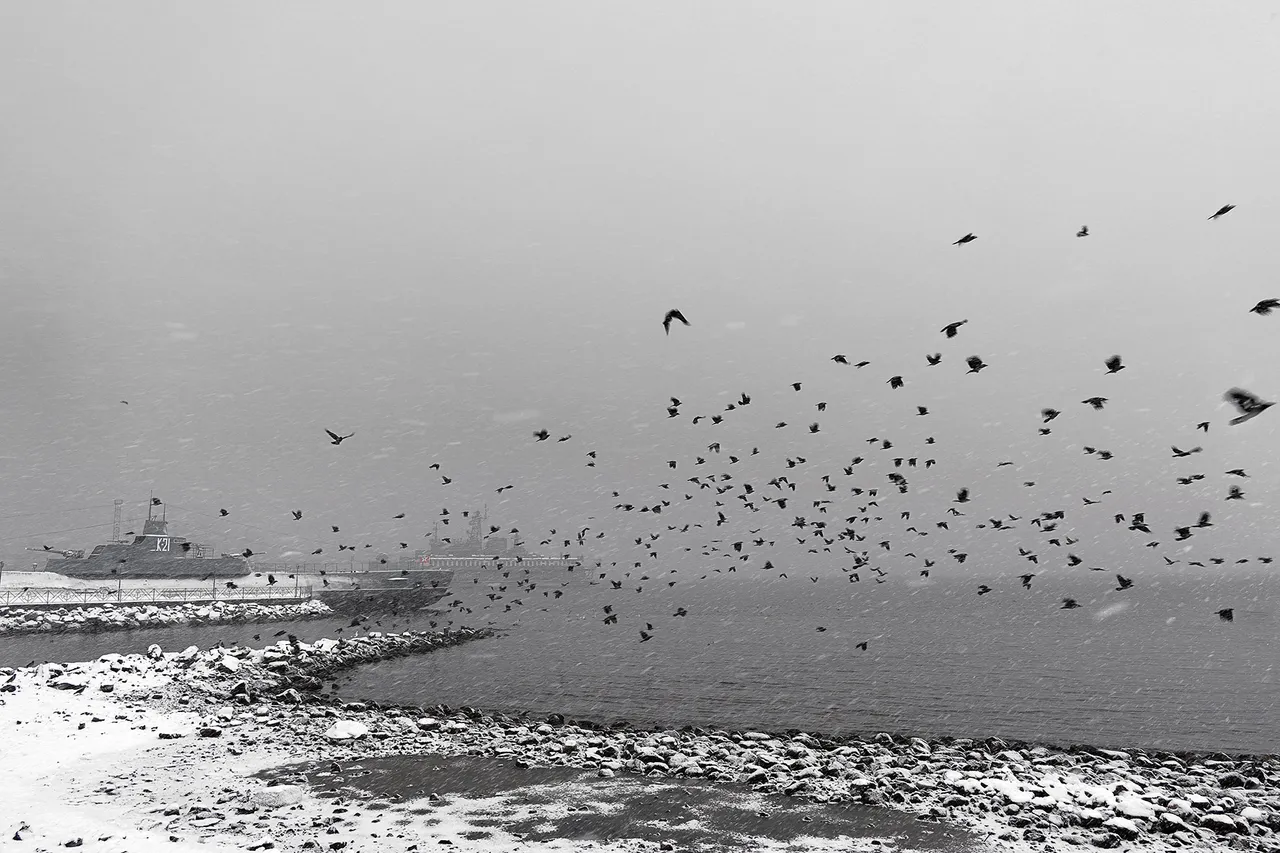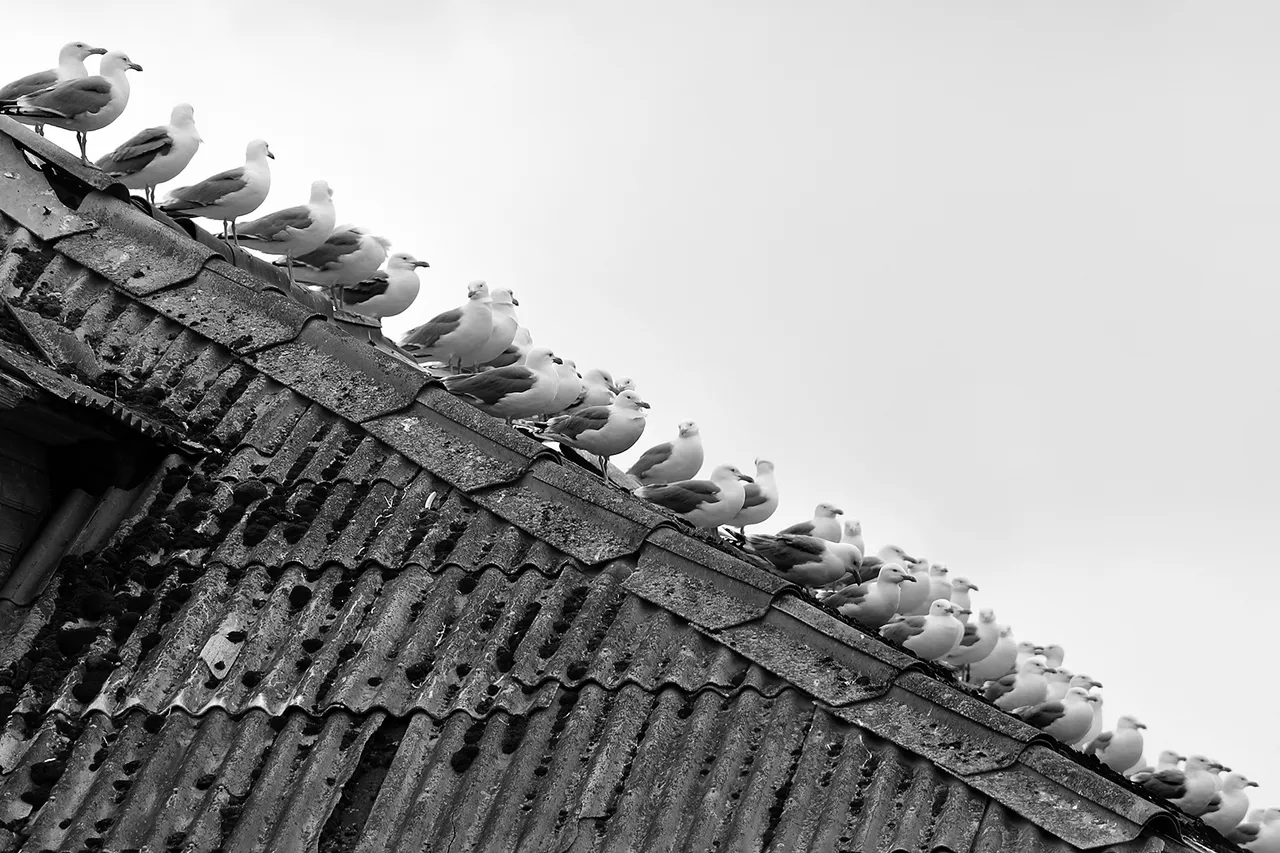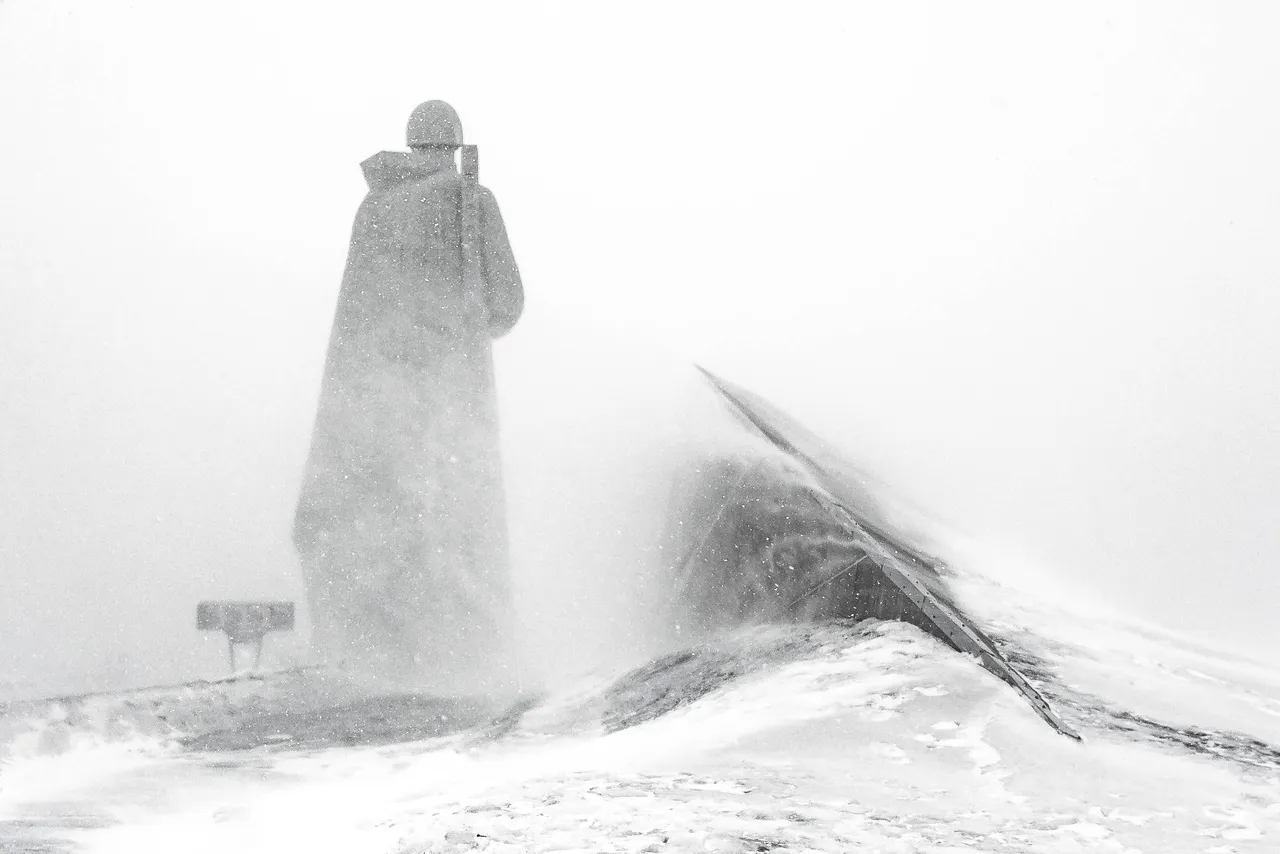I very rarely use black and white format when processing photos. You see, most of the year I mostly see only the white color around, in the land of eternal snows. I'm not complaining, it's fine, but in terms of photos, I almost always want to capture as many colors as possible. Almost always, but not always…

Still, some frames are asking to switch to black and white format. And there are different reasons for this. You can easily hide flaws, or give antiquity and mystery, this method works especially well with portraits of people. Or you can just feel that the way you perceived the image of the moment when you took the picture is ideally transmitted only in black and white.

You can set the focus to the center of the composition, which is not always explicitly central. And leave it to the observer to guess the true colors.

Or hint at the monochromacy of the main characters of the story. Equalize the set with each other, bring everything to the same denominator to emphasize the similarity of unique elements. Even in the context of irony.

To shift the focus to images that would be lost in color, and would lose the thread of the narrative that the photographer was leading, would break the plot of one frame.

It is often worth playing on the contrast in order to pay attention to the essence of the object, to look at it in a new way. Turn the base and background upside down.

Or maybe try to distort the very essence of the object, replace its material perception, turning it from something ordinary into something unfamiliar.

And at some point you realize that black and white is not only colors, but also mood. Not necessarily bad, but something deep and important enough. Like memories, like dreams, like emotions.
